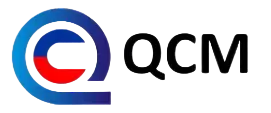Shuttering Magnet Products have become an integral part of the construction industry, particularly in the realm of concrete formwork. According to a report by Technavio, the global formwork market is expected to grow by USD 6.80 billion from 2020 to 2024, with a significant contribution from innovative accessories like shuttering magnets. These products not only enhance the efficiency of the construction process but also ensure the precision and quality of concrete placements. As construction projects demand faster turnaround times and reduced labor costs, the rise in popularity of shuttering magnet products is not surprising.
Moreover, a study published by Research and Markets highlighted that the demand for modular construction solutions, which include shuttering systems, is on the rise due to their adaptability and cost-effectiveness. These products offer a reliable and reusable method for securing formwork in various applications, leading to less material wastage and improved safety on-site. As the construction sector continues to evolve with new technologies, understanding the benefits and applications of shuttering magnet products will be essential for project managers and contractors looking to enhance operational efficiency in their next project.
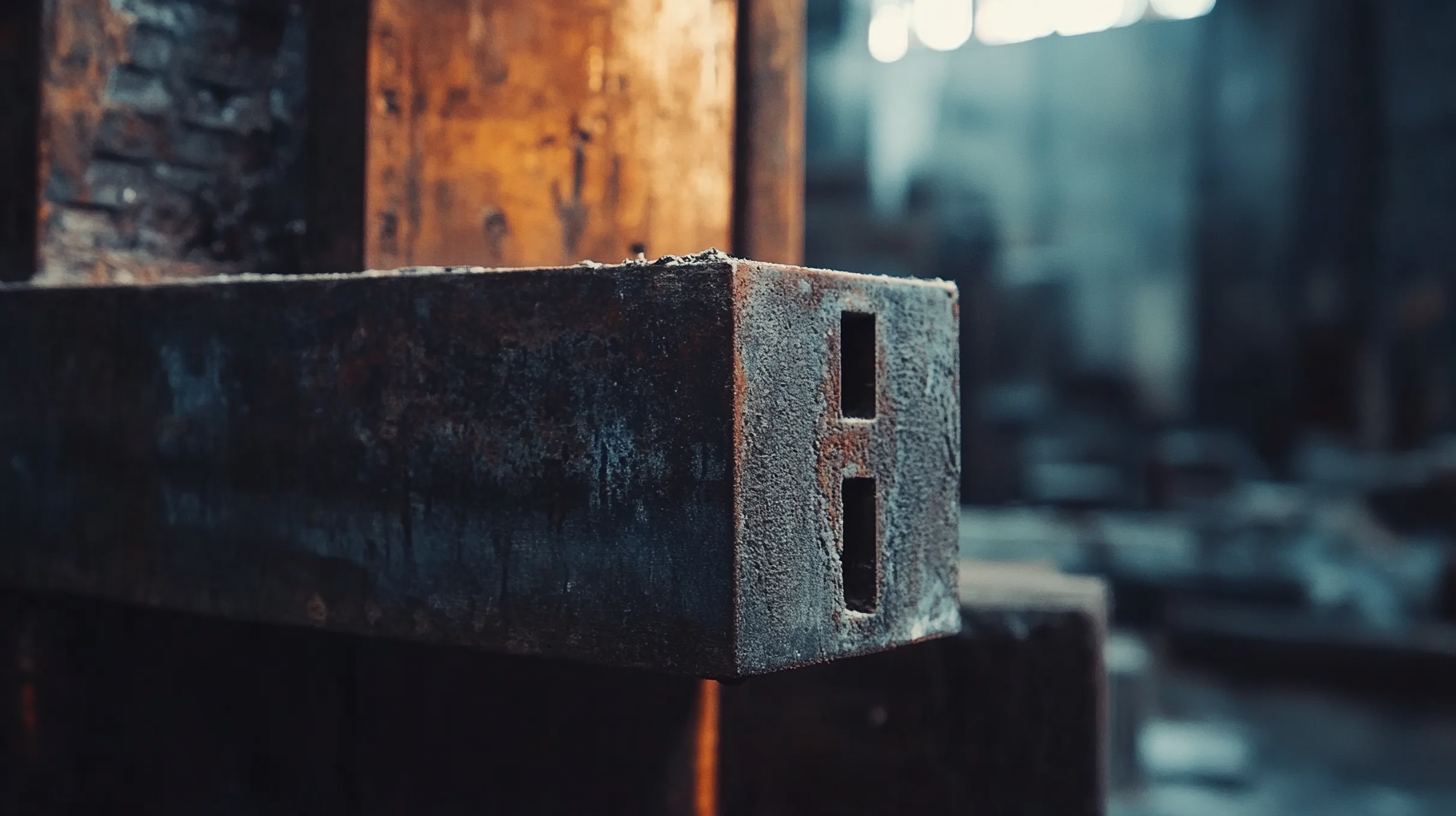
When planning your next construction project, choosing the right shuttering magnet products can significantly influence efficiency and quality. There are various types of shuttering magnets available in the market, each designed to meet different needs and specifications. Understanding these options can help you make informed decisions and streamline your project workflow. One of the most common types is the rectangular magnetic formwork system, ideal for creating flat surfaces. These magnets provide strong holding power and can be easily adjusted to fit various sizes and configurations. Alternatively, corner magnets are specifically designed for securing formwork at angles, ensuring tight and accurate joints that contribute to the overall stability of your structure. Another noteworthy option is the toggle clamp magnet, which combines the functionality of traditional clamps with the ease of magnetic positioning. This versatility allows for quick adjustments on-site, accommodating alterations that often arise during the construction process. Additionally, there are customizable magnet solutions that can be tailored to unique project requirements, providing flexibility that standard products may lack. Investing time in selecting the right shuttering magnet products is crucial, as they can enhance work speed and improve the final quality of your concrete structures. The right choice will ultimately become a cornerstone of your project's success, ensuring that your formwork remains secure and precise throughout the pouring process.
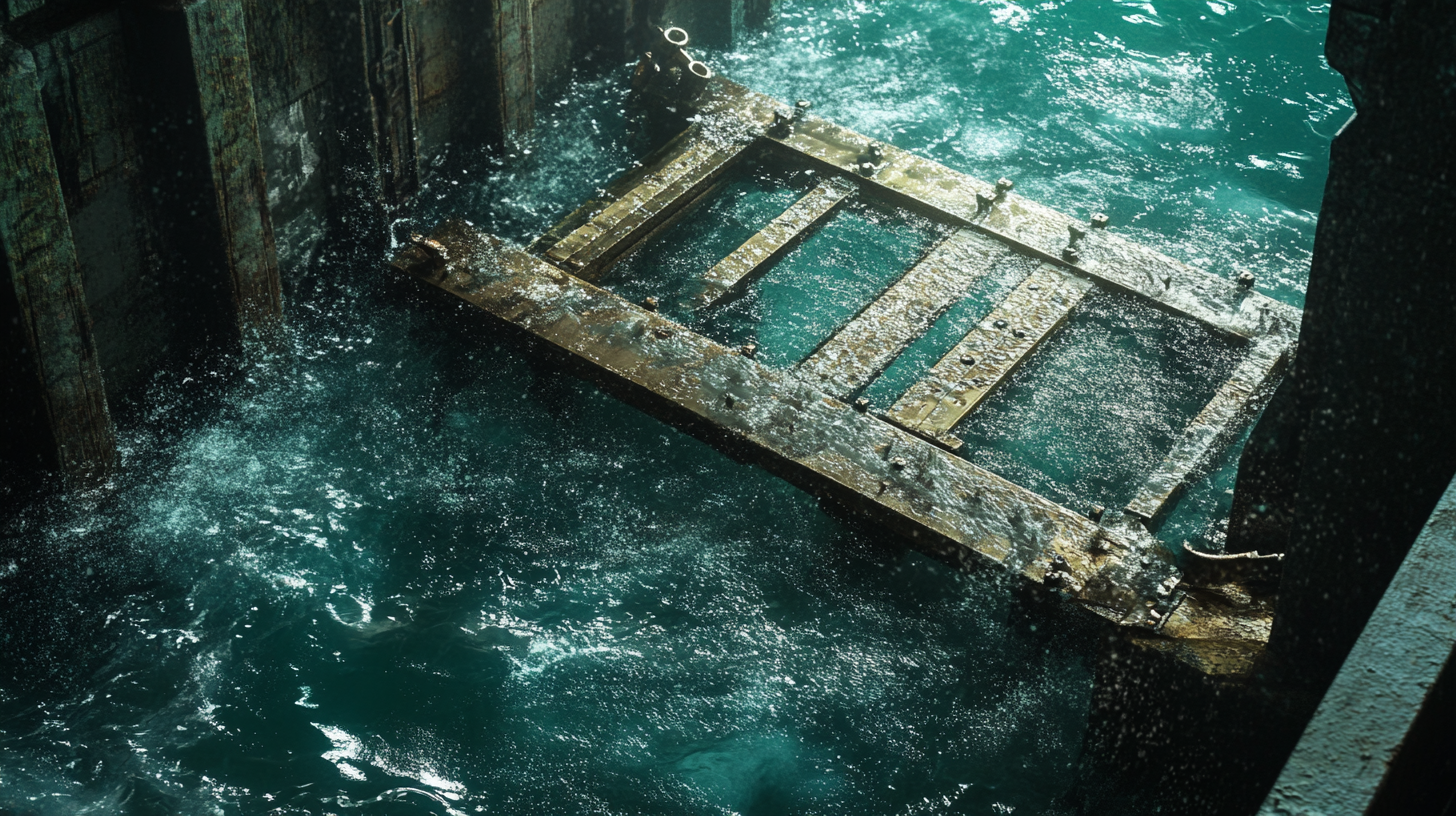
When it comes to modern construction techniques, shuttering magnets are increasingly becoming a game-changer. These versatile tools offer significant benefits that enhance the efficiency and effectiveness of concrete formwork installation. One of the key advantages is the speed at which they can be set up. Unlike traditional fastening systems that require external tools and lengthy installations, shuttering magnets feature a robust magnetic design that allows for rapid positioning and securing of forms, significantly reducing labor time on-site.
Another important benefit of shuttering magnets is their precision. These products ensure that formwork is held accurately in place, which is critical for maintaining dimensional integrity during the pouring process. This reliability minimizes errors and rework, ultimately saving money and resources. Additionally, the strength of shuttering magnets provides stability, accommodating various environmental conditions, such as wind or vibration, without compromising the quality of the structure.
Furthermore, shuttering magnets contribute to a cleaner worksite. Their reusable nature means less waste compared to one-time-use materials, supporting sustainable construction practices. By choosing shuttering magnets, contractors not only streamline their processes but also embrace environmentally friendly solutions, exemplifying a shift towards more responsible building methods. This combination of efficiency, precision, and sustainability makes shuttering magnets an invaluable asset in any construction project's arsenal.
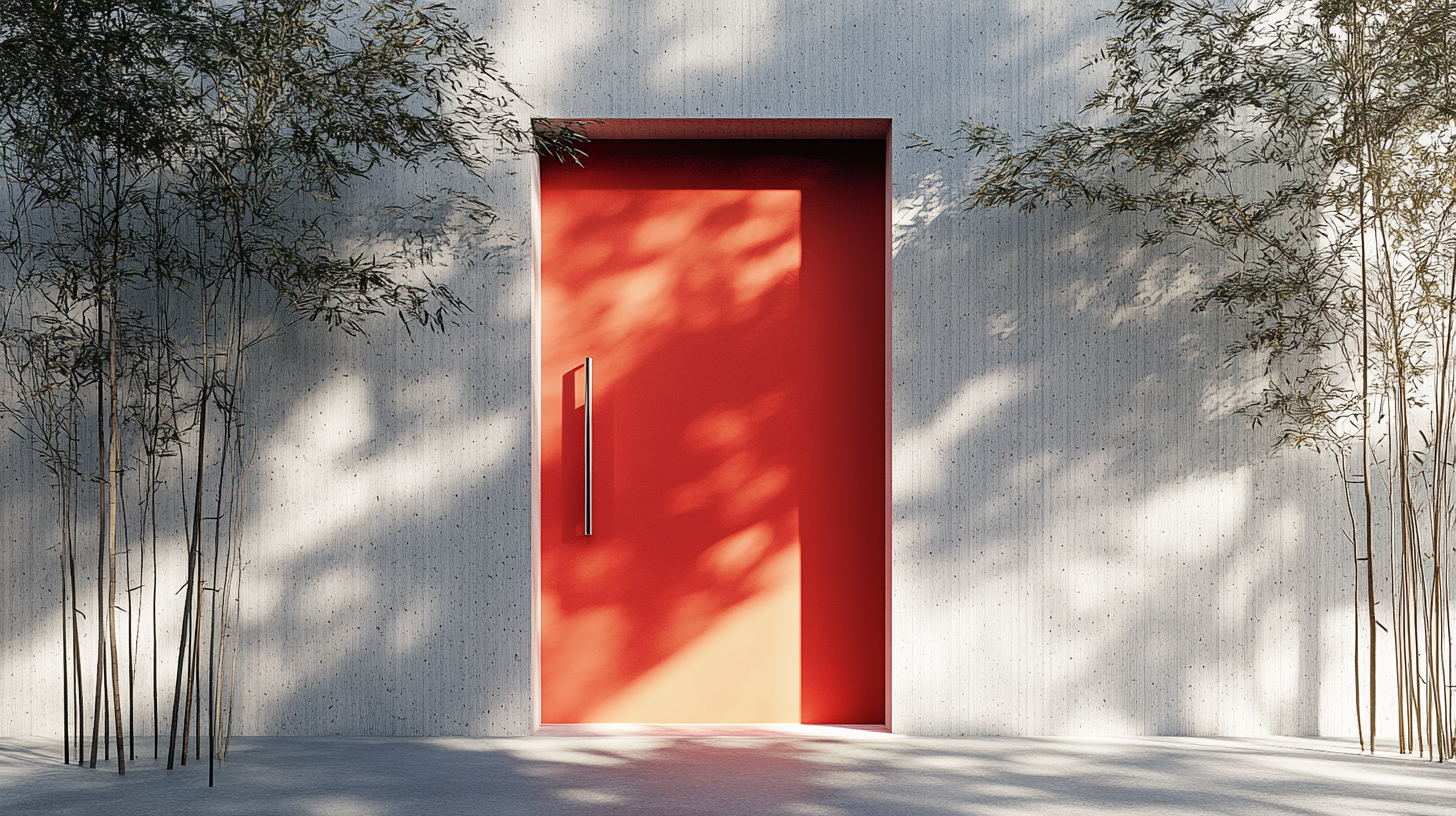
The shuttering magnet market has experienced significant growth and innovation in recent years, driven by the booming construction industry and advancements in technology. According to a report by MarketsandMarkets, the global shuttering magnet market is projected to reach USD 1.3 billion by 2027, growing at a compound annual growth rate (CAGR) of 5.2% from 2021 to 2027. This growth is largely attributed to the rising demand for efficient construction practices and the increasing adoption of precast concrete solutions.
Innovations in shuttering magnet technology have also played a pivotal role in this market expansion. Manufacturers are increasingly focusing on the development of high-strength magnets coupled with lightweight materials, resulting in products that offer superior performance while reducing labor costs. For instance, the introduction of patented magnetic designs that withstand extreme weather conditions has enhanced the durability and reliability of shuttering systems, making them more appealing to construction firms.
Furthermore, the surge in infrastructure development and urbanization, particularly in emerging economies, has propelled the need for efficient formwork systems. According to a report by Research and Markets, the Asia-Pacific region is expected to dominate the shuttering magnet market, owing to rapid urban development in countries like India and China. This trend underscores the importance of innovative solutions that cater to the unique challenges faced by construction projects in these fast-growing markets. As environmental considerations take center stage, the push for eco-friendly materials in shuttering technology will likely lead to further innovations aimed at sustainability within the industry.
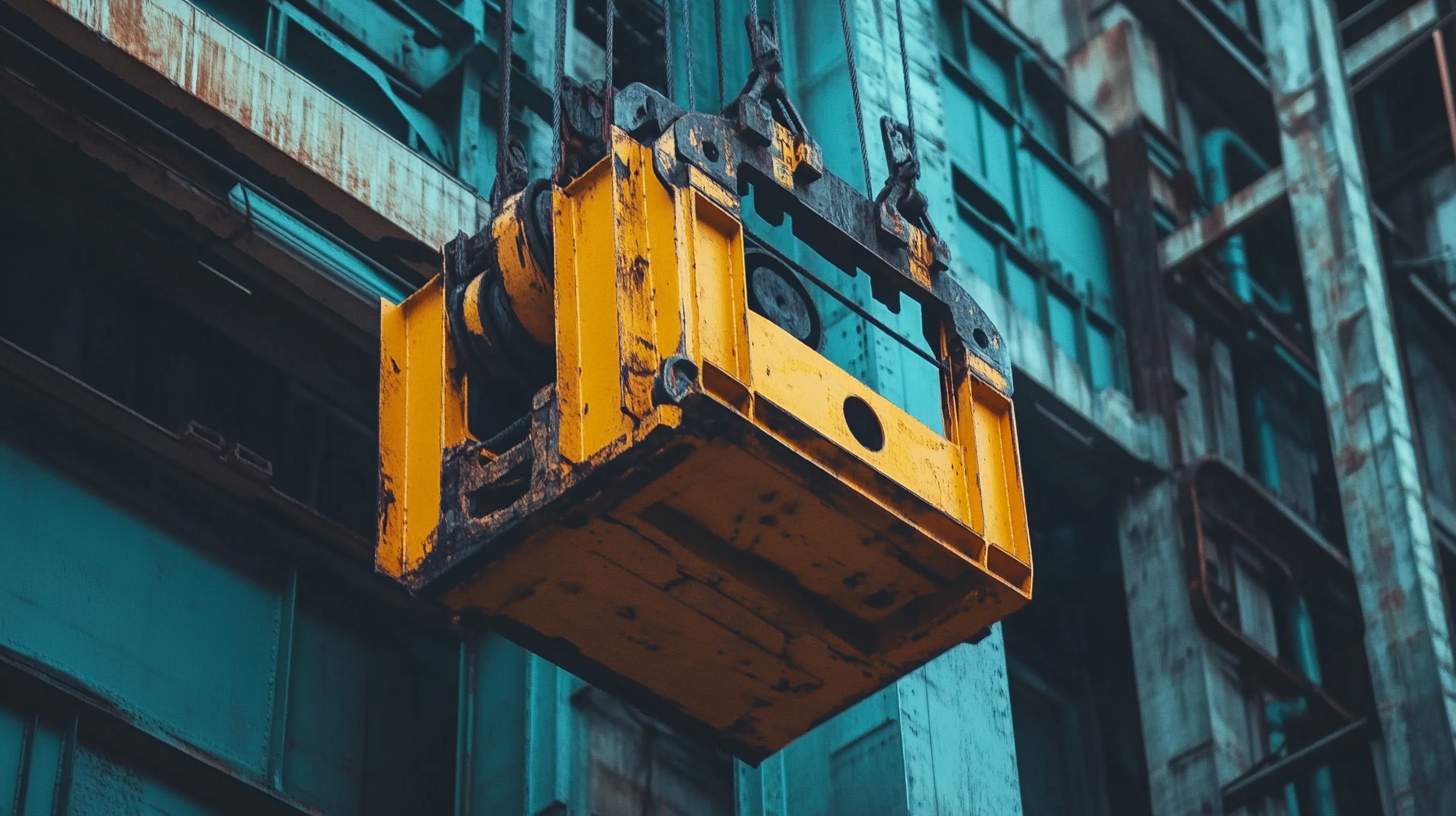
When contemplating the cost-effectiveness of shuttering methods for construction projects, it is essential to compare shuttering magnets with traditional shuttering systems. Shuttering magnets offer significant advantages in terms of both speed and precision. According to a report by the Construction Industry Institute, projects using magnetic shuttering techniques have been observed to reduce overall construction time by up to 30% compared to conventional methods. This efficiency translates to lower labor costs and expedited project completion, making it an attractive option for contractors.
Traditional shuttering methods, while tried and tested, often involve more materials and increased labor. Recent studies on tunnel formwork systems indicate that the structures built using modern shuttering techniques can offer better compliance with regulations, such as those outlined in the Earthquake Regulations of 2007 and 2018. These new forms of engagement not only enhance structural integrity but also reduce labor and material costs. The American Concrete Institute notes that using innovative systems like shuttering magnets may lead to savings of 15-20% when compared to outdated conventional formwork techniques.
Moreover, in alignment with the latest inspection technologies, using shuttering magnets may also improve the accuracy of rebar placement, as highlighted in research surrounding cost-effective inspection methods using RGB-D sensors. With improved precision and reduced reliance on traditional methods, opting for shuttering magnets for your next project stands out not only as a budget-friendly choice but as a forward-thinking strategy in modern construction practices.
When embarking on a construction project involving shuttering magnets, selecting the right product is crucial for ensuring structural integrity and efficiency. According to recent industry reports, the use of magnetic shuttering systems can enhance workflow productivity by up to 30%. This is largely attributed to their quick setup and repositioning capabilities, allowing project teams to reduce downtime and optimize labor resources. Therefore, understanding the specific requirements of your project, such as load capacity and environmental factors, is essential before making a purchase.
In addition to performance specifications, consider the compatibility of shuttering magnet products with various formwork systems. Research indicates that projects using compatible magnetic systems experience a notable decrease in material wastage, which can be as high as 25%. By ensuring that the magnets align seamlessly with your chosen formwork, you not only minimize waste but also improve the overall safety and stability of the structure being built. Furthermore, it is advisable to look for products that comply with international quality standards, as this often guarantees better performance and longevity.
Finally, user feedback and industry reviews play a significant role in the selection process. Studies show that projects that involve comprehensive product evaluations and testing phases report a profound increase in satisfaction rates, rising to 90% among contractors who prioritize quality assurance. Thus, integrating feedback from previous users can guide you toward making informed choices that will culminate in successful project outcomes.
